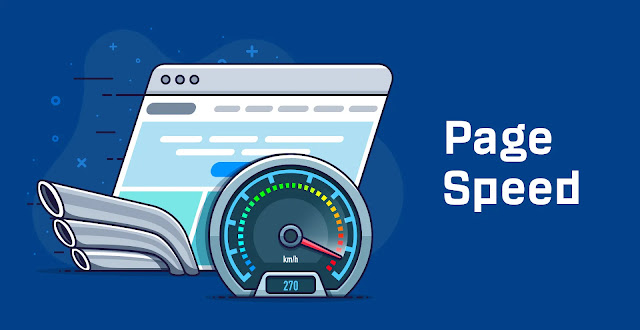The consumers of today's quicksand digital world need instant satisfaction. Slow-loading websites can be frustrating and may result in visitors leaving before they even have a chance to view the content. Additionally, website speed is one of the most critical factors that search engines like Google consider when ranking sites in search results. Therefore, optimizing website speed is essential for both user experience and search engine optimization (SEO). In this article, we'll discuss how you can optimize your website speed in a step-by-step guide.
Analyze Your Website Speed
The first step in optimizing your website speed is to analyze your site's current speed. Several online tools, such as Google's PageSpeed Insights, GTmetrix, and Pingdom, can help you determine your site's speed performance. These tools provide a detailed report that identifies the areas where your website needs improvement.
Optimize Images
Large graphics can greatly slow down the pace of your website. Optimize your images by compressing them without compromising on the quality. You can use image compression tools like TinyPNG and JPEGmini to compress your images before uploading them to your website.
Use a Content Delivery Network (CDN)
A CDN is a group of servers located in various locations worldwide that deliver website content to users based on their location. Using a CDN can significantly improve website speed, as it reduces the distance between the server and the user, resulting in faster load times. Cloudflare and Amazon CloudFront are some of the popular CDN providers.
Minimize HTTP Requests
Each element on your webpage, such as images, scripts, and stylesheets, requires an HTTP request to the server. The more requests your webpage makes, the longer it takes to load. Minimize HTTP requests by combining your CSS and JavaScript files and removing unnecessary plugins and scripts.
Use Browser Caching
Browser caching stores frequently used files on the user's device, reducing the amount of data that needs to be downloaded when the user revisits the site. You can set the cache expiration time to ensure that the user's device updates the cache regularly.
Minimize Redirects
Redirects occur when a user visits an old URL that has been replaced with a new one. Redirects can significantly slow down your website speed, and it's essential to minimize them. Instead, update the links on your website to the new URL and remove any unnecessary redirects.
Optimize Your Website's Code
Optimizing your website's code involves removing unnecessary code, reducing file sizes, and using efficient coding practices. Remove any unused CSS, JavaScript, and HTML code and minify your files to reduce their size.
Use a Fast Web Host
Your website's host plays a crucial role in determining your website's speed. A fast web host ensures that your website loads quickly and provides a better user experience. Choose a reliable web host that provides fast server response times, low downtime, and high-speed connections.
Optimize Your Website's Database
Your website's database can become cluttered over time, slowing down your website speed. Optimize your database by removing any unnecessary data, such as old drafts, spam comments, and trashed items.
Monitor Your Website Speed Regularly
Optimizing your website speed is an ongoing process, and it's essential to monitor your website speed regularly. Use tools like Google Analytics to track your website speed and identify any areas that need improvement.
In conclusion, optimizing your website speed is essential for both user experience and search engine optimization. Analyze your website speed, optimize images, use a content delivery network, minimize HTTP requests, use browser caching, minimize redirects, optimize your website's code, use a fast web host, optimize your website's database, and monitor your website speed regularly. These actions can help you enhance your
Tags
MARKETING

